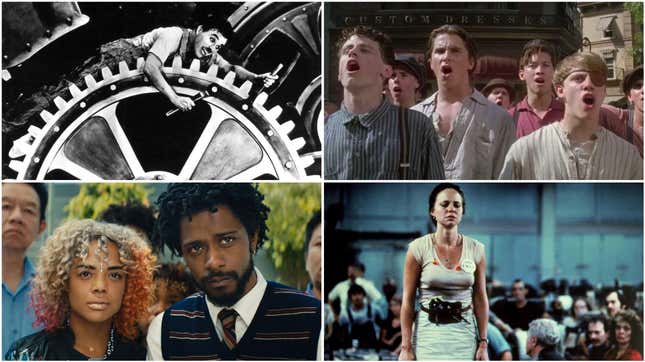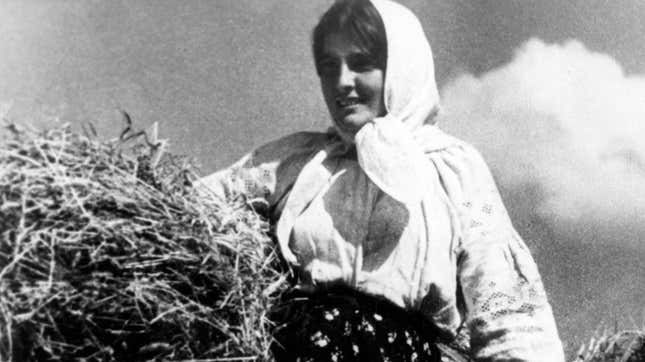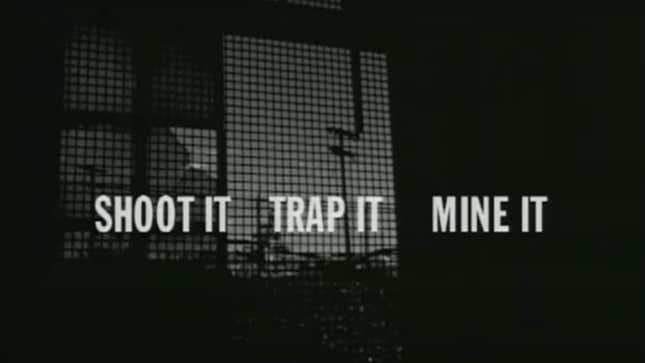
Just in time for Labor Day 2023, The A.V. Club has pulled together a rundown of the best films that celebrate the proletariat. Presented with all working class heroes in mind, our chronological list doubles as a primer on how Hollywood and filmmakers around the world have depicted labor struggles—tales as old as time that are told in endlessly inventive ways. Of course, Labor Day 2023 has taken on a deeper meaning with the WGA and SAG-AFTRA currently on strike and holding firm against the intransigence of the studio bosses. Indeed, between the writers and the actors there about 172,000 Norma Rae’s standing on their worktables and defiantly holding up signs that scream “UNION.” So in solidarity with the artists whose work feeds our hearts, minds, and souls, file a grievance with your rep, then kick back on this long Labor Day weekend, and enjoy some of these inspiring, educational, and true-to-life films (listed in chronological order, btw).


